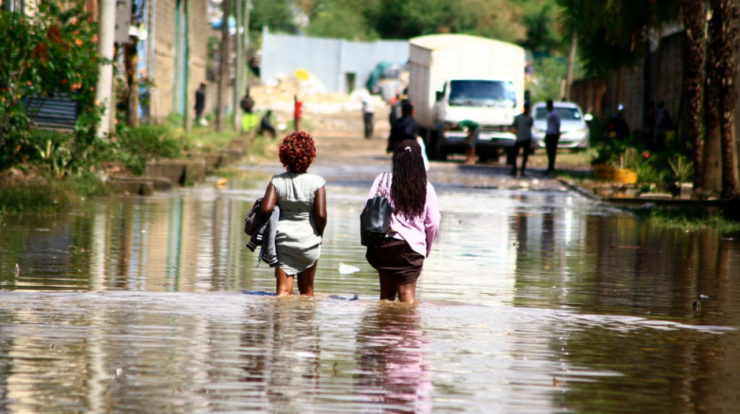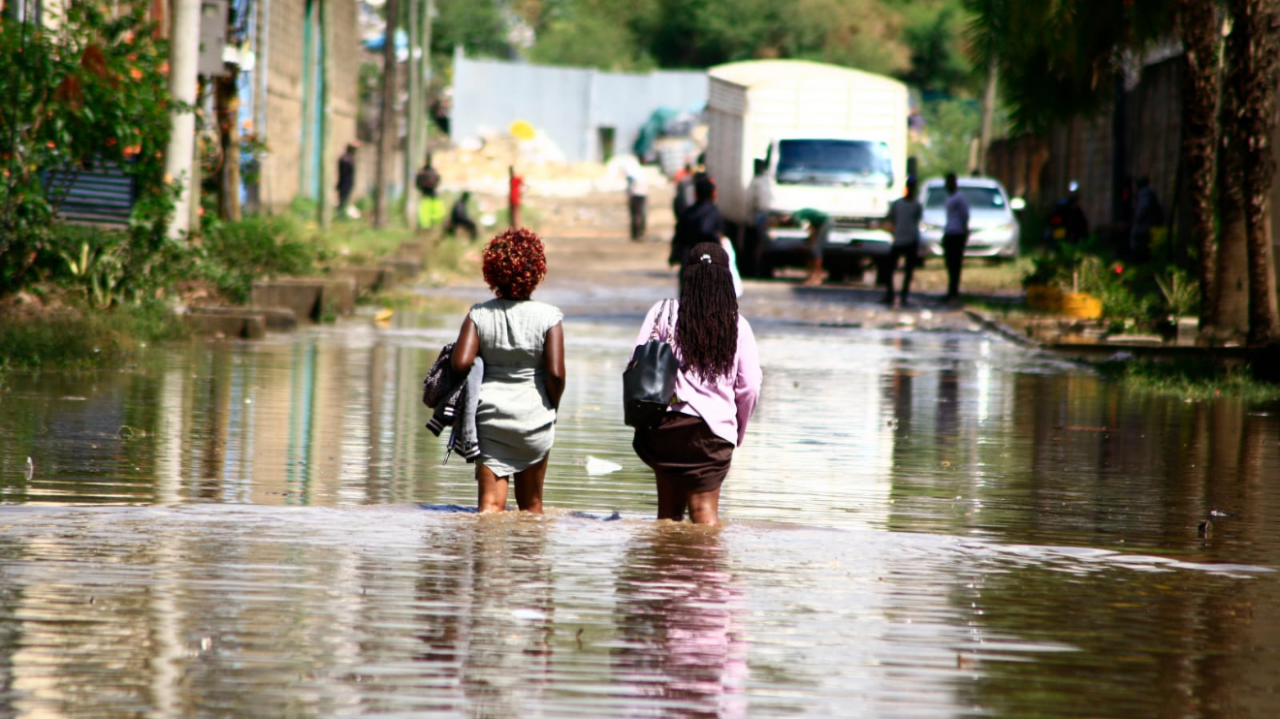
Kenya nairobi flooding – Nairobi, Kenya’s bustling capital, has long grappled with the devastating consequences of flooding, a persistent challenge that has left an indelible mark on the city’s infrastructure, economy, and social fabric.
The causes of flooding in Nairobi are multifaceted, stemming from a combination of environmental factors and rapid urban development. The city’s topography, characterized by low-lying areas and inadequate drainage systems, exacerbates the problem, making it susceptible to even moderate rainfall.
Nairobi’s History of Flooding
Nairobi, Kenya’s capital and largest city, has a long and troubled history of flooding. The city’s rapid urbanization and environmental degradation have combined to create a perfect storm of factors that contribute to frequent and severe flooding events.
Causes of Flooding in Nairobi
- Environmental factors:Nairobi is located in a valley surrounded by hills, which makes it prone to flooding during heavy rains. The city’s topography also means that water can quickly accumulate in low-lying areas.
- Urban development:Nairobi’s rapid urbanization has led to the construction of many new buildings and roads, which has reduced the amount of permeable surfaces in the city. This means that rainwater can no longer be absorbed into the ground and instead runs off into the streets, causing flooding.
Frequency and Severity of Flooding in Nairobi
Flooding in Nairobi is a common occurrence, with the city experiencing at least one major flood event every year. In recent years, the frequency and severity of flooding have increased, due in part to climate change. Some of the most significant flooding events in Nairobi’s history include:
- 1997:The heaviest rains in 50 years caused widespread flooding in Nairobi, killing at least 10 people and displacing thousands.
- 2006:Heavy rains caused the Nairobi River to burst its banks, flooding several parts of the city and killing at least 12 people.
- 2013:Heavy rains caused widespread flooding in Nairobi, killing at least 10 people and displacing thousands.
Consequences of Flooding in Nairobi
Flooding in Nairobi has a devastating impact on the city’s infrastructure, economy, and society. The short-term effects of flooding include:
Short-Term Effects of Flooding
- Damage to infrastructure:Flooding can damage roads, bridges, and other infrastructure, which can disrupt transportation and communication.
- Loss of property:Flooding can also cause extensive damage to homes and businesses, leading to the loss of property and livelihoods.
- Displacement of people:Flooding can also force people to evacuate their homes, leading to displacement and disruption.
The long-term effects of flooding in Nairobi include:
Long-Term Effects of Flooding, Kenya nairobi flooding
- Increased risk of disease:Flooding can increase the risk of waterborne diseases, such as cholera and typhoid.
- Economic losses:Flooding can also lead to economic losses, as businesses are forced to close and workers are unable to work.
- Social disruption:Flooding can also disrupt social networks and community cohesion, as people are forced to move away from their homes and neighborhoods.
Flood Mitigation and Management in Nairobi

The Kenyan government and other organizations have taken a number of measures to mitigate and manage flooding in Nairobi. These measures include:
Measures Taken to Mitigate and Manage Flooding
- Building dams and reservoirs:Dams and reservoirs can help to control the flow of water and reduce the risk of flooding.
- Improving drainage systems:Improving drainage systems can help to remove excess water from the city and reduce the risk of flooding.
- Relocating people from flood-prone areas:Relocating people from flood-prone areas can help to reduce the risk of flooding-related deaths and injuries.
- Raising awareness of flood risks:Raising awareness of flood risks can help people to take steps to protect themselves and their property from flooding.
These measures have been somewhat effective in reducing the risk of flooding in Nairobi, but more needs to be done. The Kenyan government and other organizations are working to develop and implement more comprehensive flood mitigation and management strategies.
Community Resilience to Flooding in Nairobi
Nairobi’s communities have also played a role in adapting to and coping with flooding. Community-based organizations have been working to raise awareness of flood risks, provide support to flood victims, and develop innovative approaches to flood preparedness and response.
Role of Community-Based Organizations in Flood Management
- Raising awareness of flood risks:Community-based organizations have been working to raise awareness of flood risks in Nairobi, through public education campaigns and community meetings.
- Providing support to flood victims:Community-based organizations have also been providing support to flood victims, such as food, shelter, and clothing.
- Developing innovative approaches to flood preparedness and response:Community-based organizations have also been developing innovative approaches to flood preparedness and response, such as community-based early warning systems and flood response plans.
These efforts have helped to build community resilience to flooding in Nairobi. Community-based organizations are playing an increasingly important role in flood management and preparedness in the city.
Conclusive Thoughts
As Nairobi continues to grapple with the challenges posed by flooding, a concerted effort is required to enhance flood preparedness and response mechanisms. This involves investing in resilient infrastructure, implementing effective flood management strategies, and empowering communities to play an active role in mitigating the impact of flooding.
By working together, the government, organizations, and communities can create a more resilient Nairobi, one that is better equipped to withstand the inevitable challenges posed by flooding.
Common Queries: Kenya Nairobi Flooding
What are the major causes of flooding in Nairobi?
The primary causes of flooding in Nairobi include heavy rainfall, poor drainage systems, encroachment on wetlands, and inadequate urban planning.
What are the short-term and long-term consequences of flooding in Nairobi?
Short-term consequences include disruption of transportation, damage to property and infrastructure, and displacement of residents. Long-term consequences encompass economic losses, increased poverty, and health risks.
What measures are being taken to mitigate flooding in Nairobi?
The Kenyan government and other organizations are implementing various measures to mitigate flooding, including improving drainage systems, restoring wetlands, and promoting sustainable urban development.





